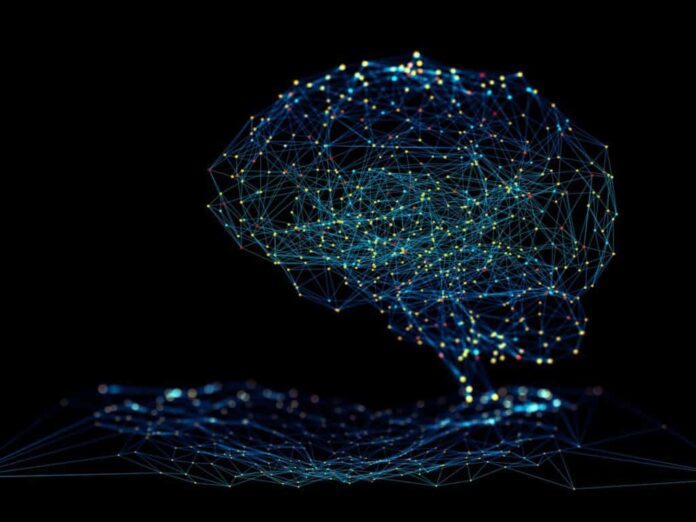There are various cases of colossal models being prepared to achieve to some degree higher exactness on various benchmarks. Despite being 24X greater than BERT, MegatronLM is simply 34% better at its language displaying task. As a circumstantial preliminary to show the presence of new equipment, there isn’t a ton of harm here. In any case, in the long haul, this example will cause several issues.
As more man-made consciousness applications move to PDAs, profound learning models are getting more modest to allow applications to run snappier and save battery power. As of now, MIT investigators have another and better way to deal with pack models.
There’s even an entire industry highest point devoted to low-power or little AI. Pruning, quantization, and move learning are three clear techniques that could democratize AI for organizations that don’t have countless dollars to place assets into moving models to creation. This is especially huge for “edge” use cases, where greater, explicit AI equipment is really strange.
The essential strategy, pruning, has become a notable investigation subject in the past couple of years. Especially alluded to papers including Deep Compression and the Lottery Ticket Hypothesis showed that it’s possible to dispose of a portion of the unneeded associations among the “neurons” in a neural organization without losing exactness suitably making the model significantly more modest and less complex to run on an asset compelled gadget. Fresher papers have moreover attempted and refined before methodology to make more modest models that achieve extensively more unmistakable rates and exactness levels. For specific models, as ResNet, it’s possible to prune them by generally 90% without influencing exactness.
Renda discussed the technique when the International Conference of Learning Representations (ICLR) assembled as of late. Renda is a co-creator of the work with Jonathan Frankle, an individual Ph.D. understudy in MIT’s Department of Electrical Engineering and Computer Science (EECS), and Michael Carbin, an associate teacher of electrical designing and software engineering — all individuals from the Computer Science and Artificial Science Laboratory.
To guarantee profound learning fulfills its assurance, we need to re-arrange research away from cutting-edge accuracy and towards top tier efficiency. We need to ask with regards to whether models engage the biggest number of people to rehash as fast as possible using a minimal measure of resources on most gadgets.
Eventually, while this is certainly not a model-contracting technique, move learning can help in conditions where there is restricted information on which to prepare another model. Move learning uses pre-prepared models as an early phase. The model’s data can be “moved” to another assignment using a restricted dataset, without retraining the primary model without any planning. This is a critical strategy to reduce the figure influence, energy, and cash needed to prepare new models.
The key takeaway is that models can (and should) be upgraded at whatever point possible to work with less registering power. Finding ways to deal with decrease the model size and related figuring power – without surrendering execution or precision – will be the following extraordinary open for AI

